The council’s household waste recycling rate rose from 63% in financial year 2019/20 to 64.2%.
South Oxfordshire district council had the second highest recycling rate at 63.6%, while the champions of 2019/20 – Three Rivers district council in Hertfordshire – completed the top three with a rate of 63.1%.
As the 2020/21 champions, St Albans will now receive a prestigious trophy from letsrecycle.com. And, the city’s success means the trophy remains in Hertfordshire, where local authorities are supported by the Hertfordshire Waste Partnership.
At the other end of the table, Barrow-in-Furness once again recorded the lowest recycling rate in England at 17.9%. The London boroughs of Tower Hamlets at 19.3% and Newham at 20.9% rounded off the bottom three.
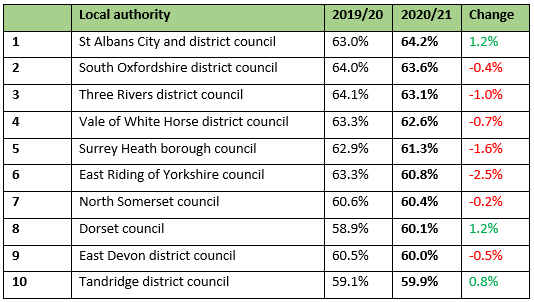
Total rate
Defra’s data shows the total household waste recycling, composting and reuse rate for English local authorities from April 2020 to March 2021. Figures have been rounded to the nearest decimal point.
The first national lockdown of the pandemic began in March 2020 and local authority waste collection services were heavily disrupted from April to June 2020.
Some local authorities were unable to maintain collections of dry recyclate, some garden waste collections were suspended, and there were widespread closures of household waste recycling centres (HWRC).
The second national lockdown which began in November 2020 had “less of an impact” on waste and recycling tonnages, Defra says.
St Albans
This is the first year St Albans city and district council has had the highest household waste recycling rate in England, having had the fifth highest recycling rate overall in 2018/19 and 2019/20.
During the last five years, St Albans has had an average household waste recycling rate of 61.3%.
Councillor Anthony Rowlands, chair of the council’s public realm, said he was “thrilled” that St Albans had been crowned the best recycling local authority in the whole of England.
“That is a magnificent achievement and my thanks go to our waste contractor residents, who have supported our efforts to recycle as much waste as possible, as well as our waste contractor Veolia and our council officers from the waste management team,” Cllr Rowlands said.
He added: “Our recycling rate has been rising steadily in recent years and we will continue to strive for further improvements with the backing of our residents.”
The council said it had undertaken “a number of major initiatives” to boost its recycling rate, including carrying out weekly collections for small electrical items, textiles, and batteries, as well as food waste.
Cllr Rowlands concluded: “It is quite remarkable that we have increased the rate despite the many difficulties we have faced maintaining services during the public health emergency.
“Veolia has managed to keep disruption to a minimum and the collective efforts of all concerned have been rewarded with this accolade.”
Three Rivers
Three Rivers district council topped the local authority recycling league table in 2019/20 with a rate of 64.1% (see letsrecycle.com story).
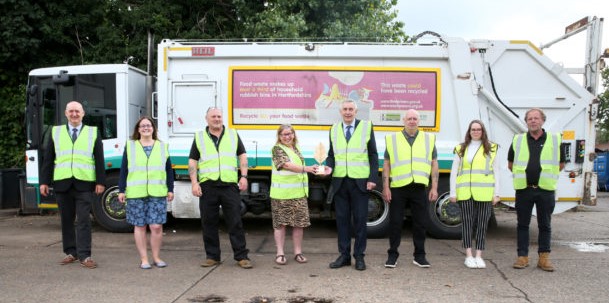
This fell by 1% to 63.1% in 2020/21, still enough for Three Rivers to finish an admirable third.
The council has been in the top three local authorities with the highest recycling rates in England for the last three years.
During the last five years it has an average recycling rate of 62.9%, Defra says.
Regions
At an individual local authority level, household waste recycling rates ranged from 17.9% to 64.2%.
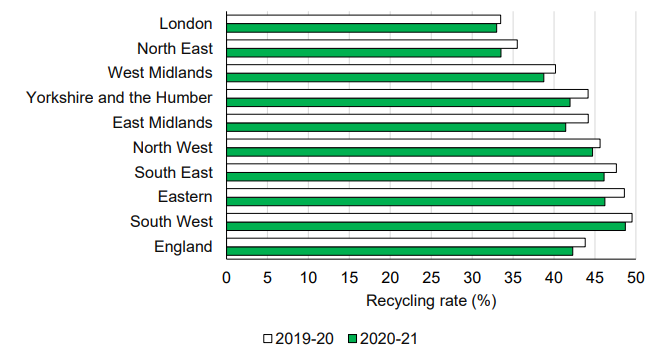
All regions saw a decrease in their household waste recycling rate in 2020/21. The region with the highest rate was the South West, at 48.7%.
London had the lowest rate at 33%, though it saw the smallest decrease at 0.5 percentage points.
The region with the largest decrease was East Midlands, with a decrease of 2.8 percentage points.
Overall, a total of nine authorities had rates greater than 60%. Seventy-two authorities had rates greater than 50%.
The overall average figure for England was 42.3%, a 1.5 percentage point decrease from 2019/20.
Waste per person
According to Defra’s figures, the council of the Isles of Scilly collected the most household waste per person, at 589.7kg. The Isles of Scilly have an estimated population of around 2,150. The council’s recycling rate was 35.9% in 2020/21.
Shropshire council collected the second most at 534.7kg, while East Riding of Yorkshire completed the top three by collecting 532.4kg per person.
The London borough of Camden collected the least household waste per person, at 186kg. Camden council represents an estimated population of more than 262,000. It had a recycling rate of just 28.6% in 2019/20.






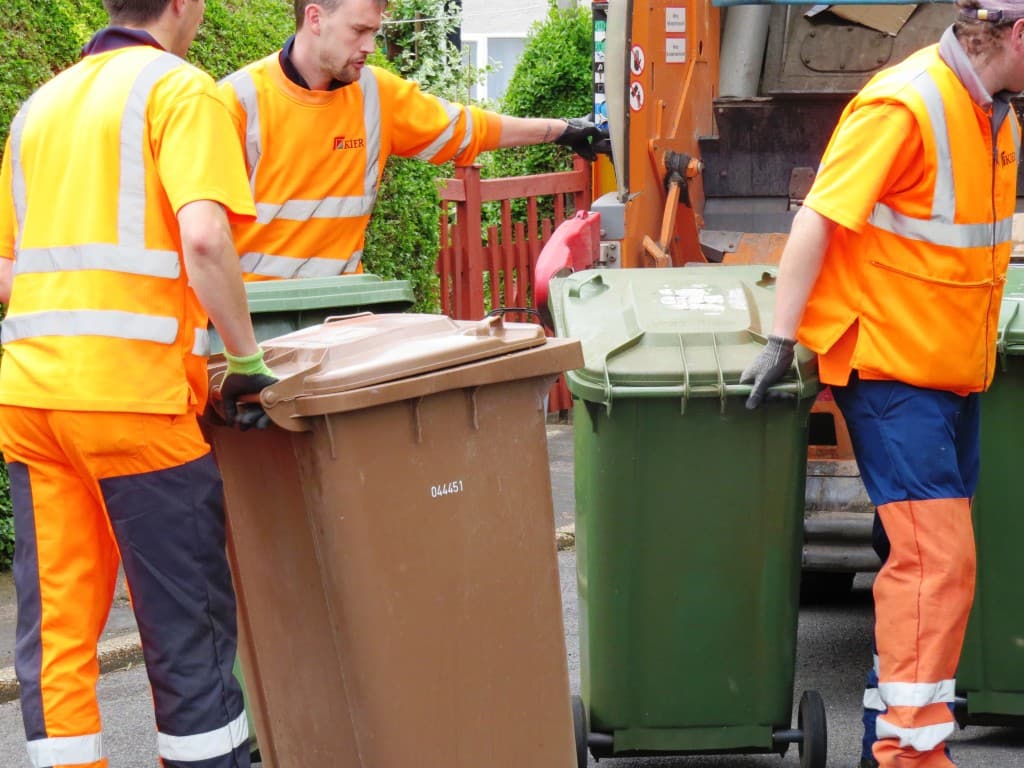

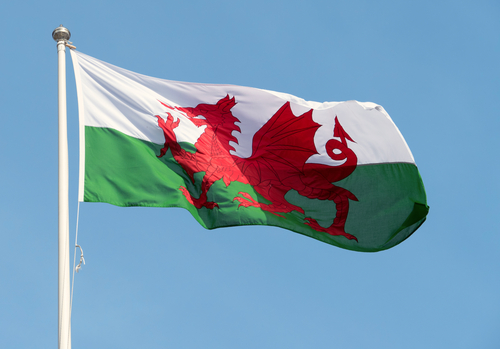

Subscribe for free